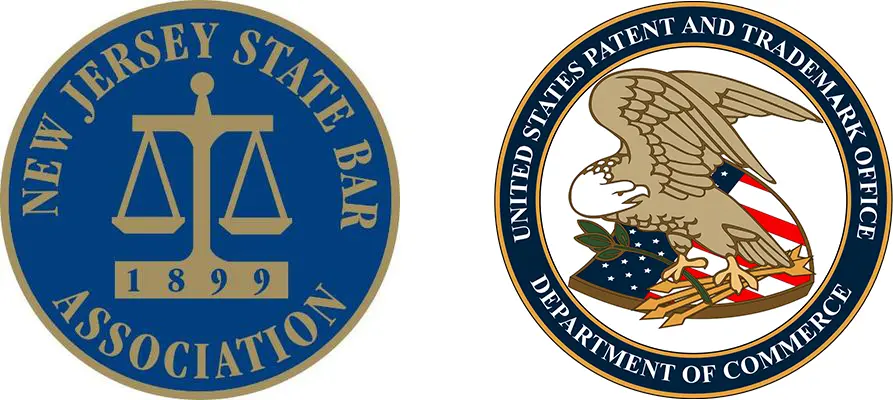What can be patented?
March 25th, 2014 by Thomas J GerminarioAn invention doesn’t have to be completely new to be patentable. Innovations form the bulk of existing patents – not entirely new inventions, but improvements on existing patents and patented inventions.
But before you go reinvent the wheel, it’s important to know that not just anything can be patented – there are specific patent requirements about whether the invention is sufficiently different from existing patents to deserve its own patent number and patent classification. The three major requirements for a patent are utility, novelty, and non-obviousness.
Utility says that an invention must have a utility or general function and must perform that function. An idea for a time travel machine, thus, would fail on this criterion, as it can’t actually perform its function at this point in time.
Novelty requires that an invention not be known, used or patented by others before the applicant invented it, nor sold or used publically in any country for more than a year prior to the patent application date. You can, therefore, neither reinvent the wheel nor patent it. So if you have been selling your new invention for a few months, it is in your best interest to find a patent attorney and patent it before your year runs out.
Non-obviousness requires that an invention be different enough from the prior art – or existing patents and inventions in use – that a person of ordinary skill in that field could not come up with the invention themselves. For example, if someone tried to take a patent for a specific kind of shovel and make it out of steel instead of aluminum, it would fail on non-obviousness.

